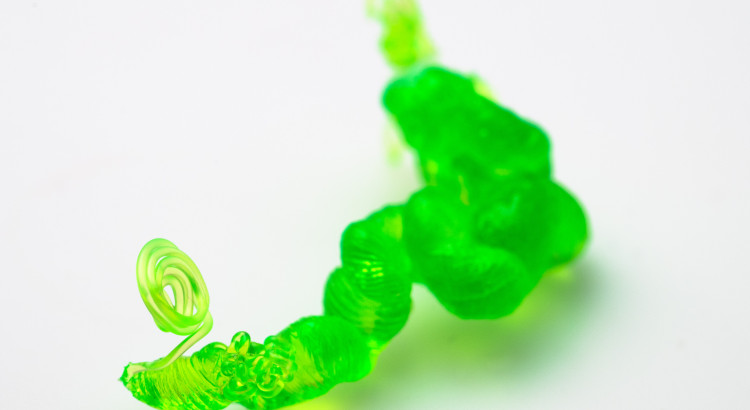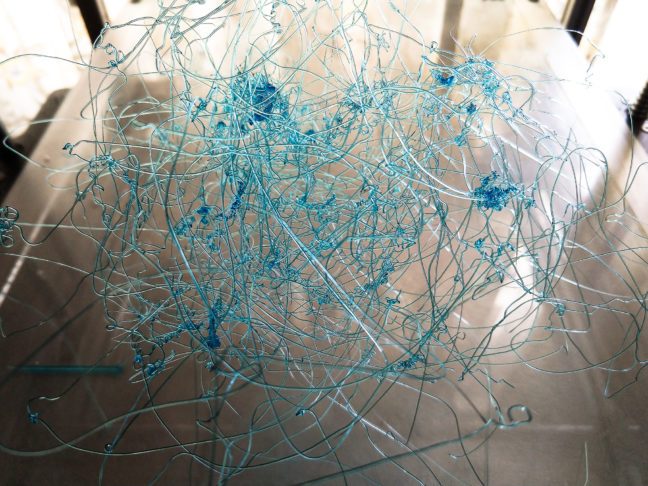There are a lot of parts on a 3D printer that I expect to be a fire risk, the hotend, the heated bed, the wiring, the power supply, the controller. Fans weren’t on that list, until now. Turns out there are several more points of failure to worry about with each printer, especially since I do run them when I’m asleep or out of the house.
Failures

Creep: ABS, PLA PETG, and Alloy 910
This post started as a test to show why PLA is doesn’t work for designs that put a constant load on the part (part of the part failure series) and I was curious how ABS and 910 nylon would perform relative to PETG. But as is often the case, the some of the results were in line with my expectations, and others were a complete surprise.
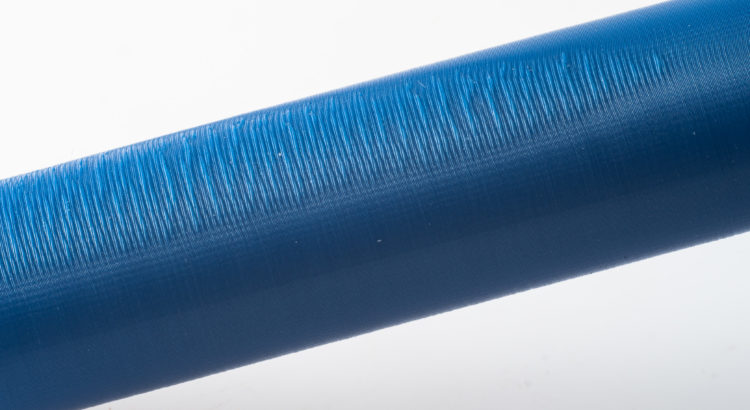
3D Printer Failure 2 – Part Cooling Wind Shadow
This picture shows the kind of printing failure that frequently results from a poorly designed cooling duct. Most of the cylinder printed fine (still tuning this printer), but the part in the wind shadow of the cooling duct was still malleable when the next layer was added, causing the layers to buckle and bulge instead of stacking properly.

3D Printer Failure 1 – Broken Fan Wiring
I’ve found wiring to be one of the most fragile parts of my 3D printers. Fans can often fail where the wires are connected to the PCB, which can be particularly frustrating failure since there’s often limited clearance for soldering and most fans are welded together, making them difficult to disassemble. Fortunately, a bit of preventative reinforcement can significantly reduce the odds of a broken fan.
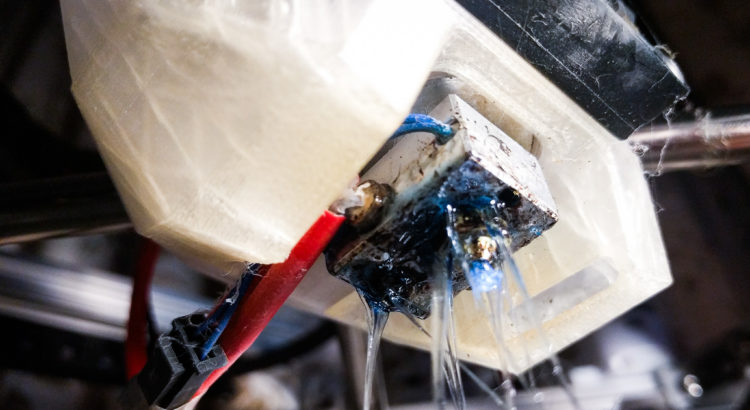
Printing Failure 4 – Detached Part (Stuck to Hotend Variation)
One of the worst things a detached print can do is attach to the heater block. This case wasn’t too bad, but I’ve seen pictures where the hotend is encased in a giant ball of plastic. If this happens, turning up the temperature of the hotend will make the plastic easier to remove, I usually set it high enough to soften the plastic, but lower than normal printing temperatures. A brass brush is also very useful for cleanup. Watch out for any wiring damage during cleanup, especially around the thermistor.
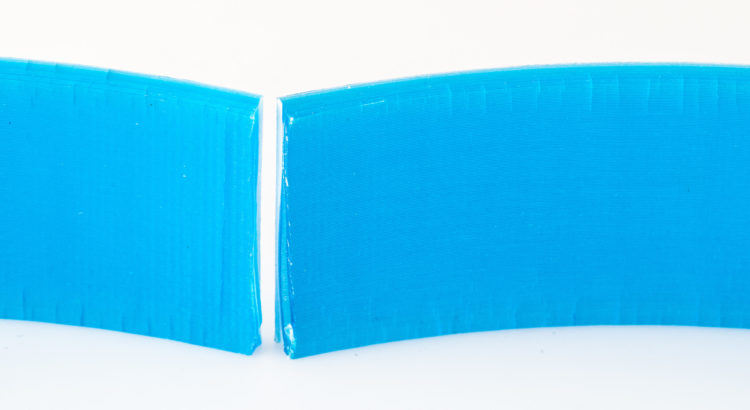
Part Failure 1 – Crazing and Cracking
The plastics used in 3D printing behave differently under a constant tension, some are elastic and return to the original shape when that tension is removed, some creep, and take on a new shape as a result of that strain. Then there’s crazing and cracking which you can see in the print above.

Printing Failure 2 – Detached Part (Hairball Variation)
Sometime a part detaches from the build plate, especially when using higher warp filaments or an unheated build plate. There are several things that can happen at this point with a filament hairball being one of the best results.

Printing Failure 1 – Bugs
Another way that working with 3D printers is like working with early computers, you get real bugs. This moth was probably drawn by the hotend lights.

